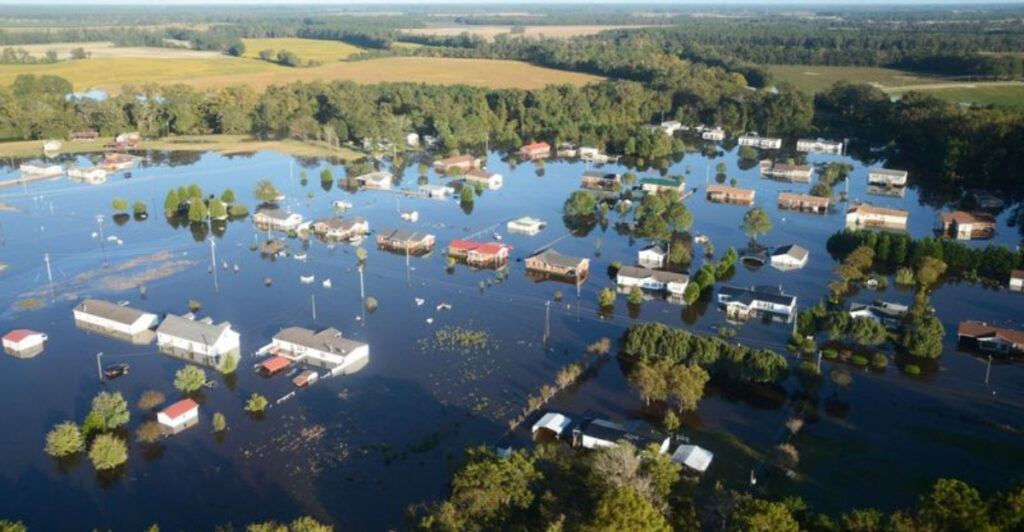Cities across America face threats that could turn them into ghost towns by 2040. Climate change, economic collapse, and population shifts are forcing people to abandon once-thriving communities. Scientists have identified 17 places particularly at risk of becoming empty shells within the next two decades.
1. Flint, Michigan – Water Crisis Aftermath

Flint’s ongoing water crisis has sparked a mass exodus that shows no signs of stopping. Lead contamination left residents with health problems and deep distrust in local government. Property values have plummeted while unemployment rates climb steadily higher. With a 20% population decline already since 2010, experts predict the city could lose another 30% by 2040, leaving behind empty neighborhoods and abandoned infrastructure.
2. Paradise, California – Fire-Ravaged Future
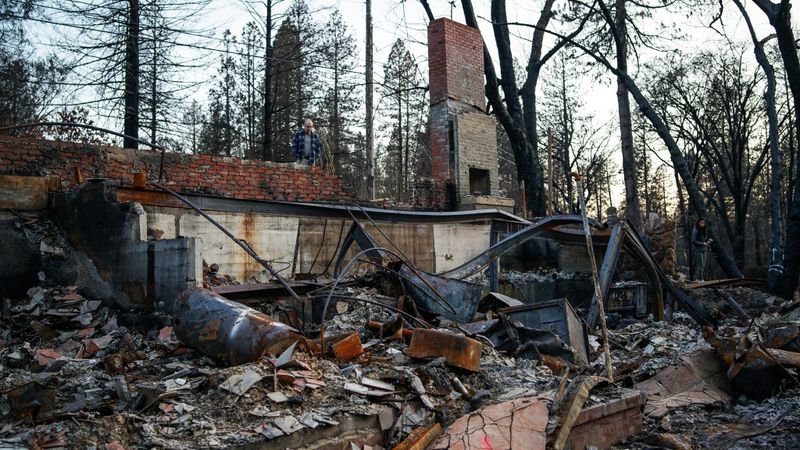
The 2018 Camp Fire destroyed nearly 19,000 structures and claimed 85 lives in Paradise. Rebuilding efforts have struggled against increasing wildfire threats and skyrocketing insurance costs. Many former residents chose to resettle elsewhere permanently. Climate scientists warn that the region faces even more extreme fire conditions in coming decades, making sustainable redevelopment nearly impossible and potentially turning this once-thriving town into a cautionary tale.
3. Cairo, Illinois – River Town Collapse
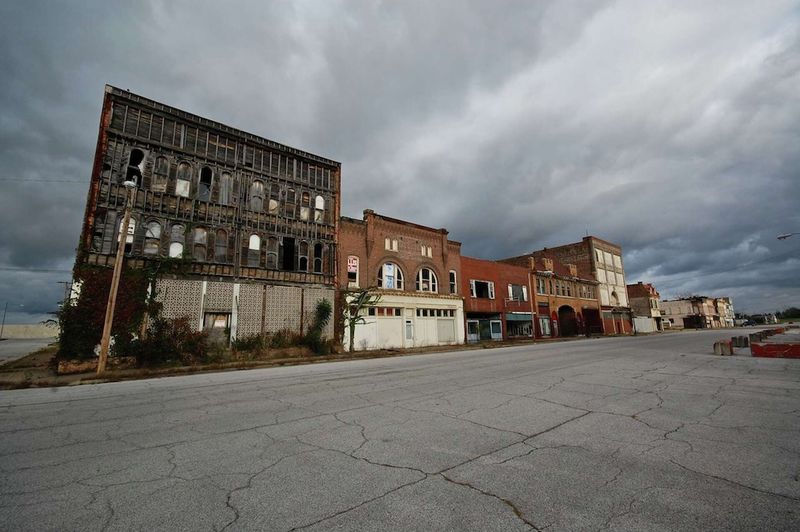
Nestled at the confluence of the Ohio and Mississippi Rivers, Cairo’s population has dwindled from 15,000 in its heyday to fewer than 2,000 today. Racial tensions and economic decline have accelerated its downfall. Federal flood control decisions have further isolated this historic river port. With no major employers remaining and critical infrastructure crumbling, researchers predict Cairo could be virtually uninhabited by 2040, its magnificent historic buildings left to decay.
4. Atlantic City, New Jersey – Gambling on Survival
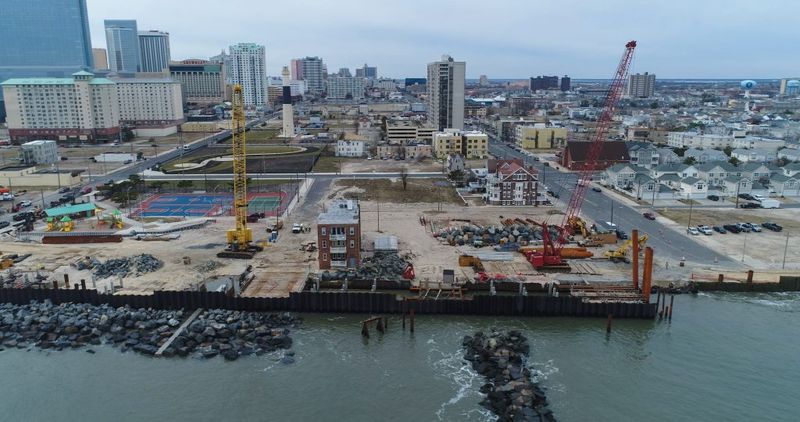
Once the glittering jewel of the East Coast, Atlantic City faces a perfect storm of threats. Casino competition from neighboring states has devastated its economy, while rising sea levels threaten its very existence. Studies show parts of the city could be underwater by 2040. Property values have crashed 50% since 2010. Despite desperate revitalization attempts, climate scientists and economists agree that Atlantic City’s famous boardwalk may soon exist only in memory.
5. Galveston, Texas – Hurricane Highway
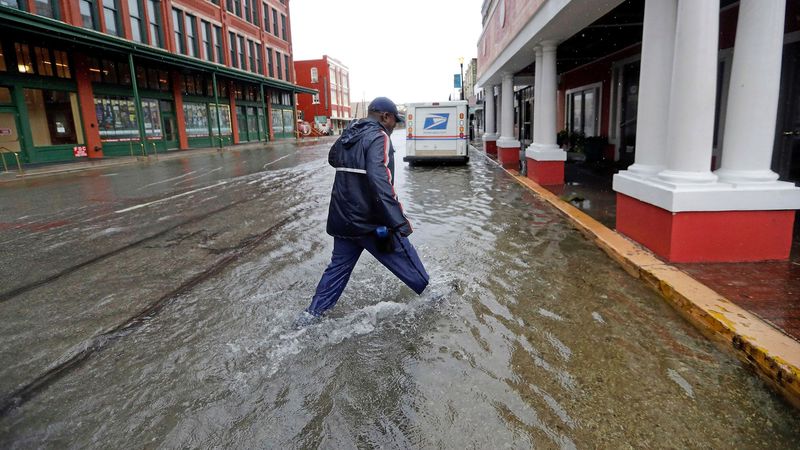
Galveston’s position on the Gulf makes it extremely vulnerable to increasingly powerful hurricanes. After each major storm, fewer residents return to rebuild. Insurance costs have quadrupled since 2000, making homeownership impossible for many. Climate models predict that by 2040, most of the island could be regularly underwater during storm surges. Municipal services are already contracting as the tax base erodes, creating a downward spiral.
6. Centralia, Pennsylvania – The Slow-Burning Ghost Town
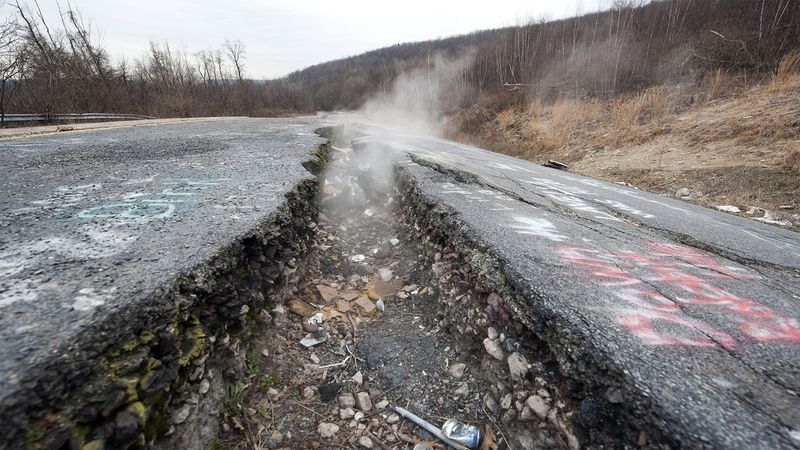
An underground mine fire has been burning beneath Centralia since 1962. Most residents were relocated through government buyouts, but the fire continues spreading. Recent geological surveys indicate the fire could destabilize a much larger area by 2040. The few remaining residents face toxic gas emissions and sudden ground collapses. As the fire consumes more coal seams, scientists predict Centralia will finally complete its transformation into a true ghost town.
7. Lordstown, Ohio – Auto Industry Casualty
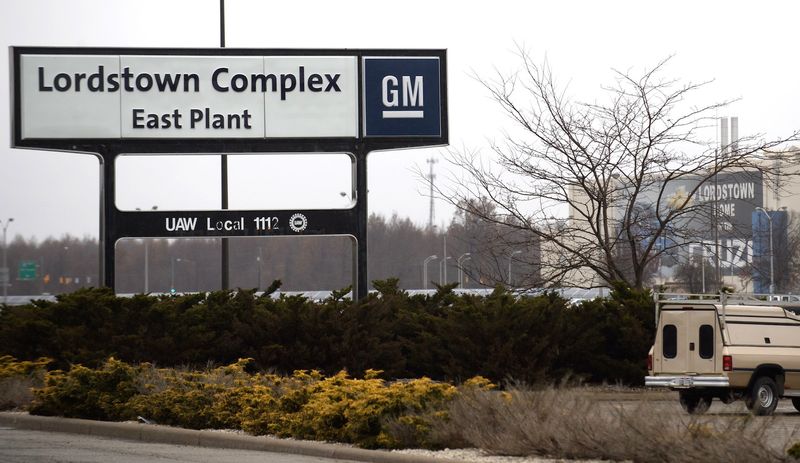
The closure of the massive GM plant in 2019 dealt a devastating blow to this manufacturing community. Thousands of jobs vanished overnight, triggering a cascading economic collapse. Property values have fallen 40% while tax revenues plummeted. Young families are leaving for better opportunities elsewhere. Despite promises of new electric vehicle manufacturing, economists predict automation will prevent meaningful job recovery, potentially reducing Lordstown to a shell of empty factories by 2040.
8. Bombay Beach, California – Salton Sea Disaster
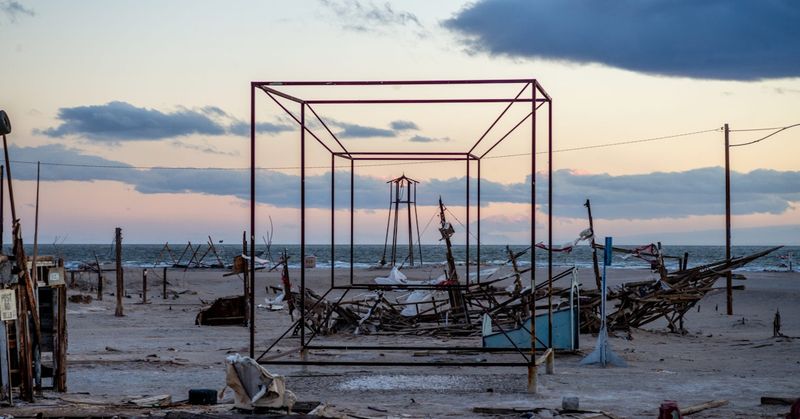
Once a thriving resort destination, Bombay Beach sits on the receding shores of the toxic Salton Sea. As the lake shrinks, it exposes poisonous dust containing agricultural chemicals and heavy metals. Respiratory illnesses have skyrocketed among remaining residents. Environmental scientists predict that by 2040, the airborne toxins will make the area completely uninhabitable. Already, most buildings stand abandoned, creating an eerie landscape that attracts only disaster tourists and photographers.
9. Port Arthur, Texas – Refinery Town’s Last Breath

Port Arthur has been pummeled by five major hurricanes since 2005, with recovery becoming harder each time. The predominantly low-income community sits surrounded by oil refineries that pollute the air and water. Climate models show the area will face catastrophic flooding by 2040. Many homes remain abandoned after the last major storm. With declining oil industry jobs and increasing automation at refineries, economists predict this environmental justice community may become uninhabitable within two decades.
10. Picher, Oklahoma – Toxic Mining Legacy
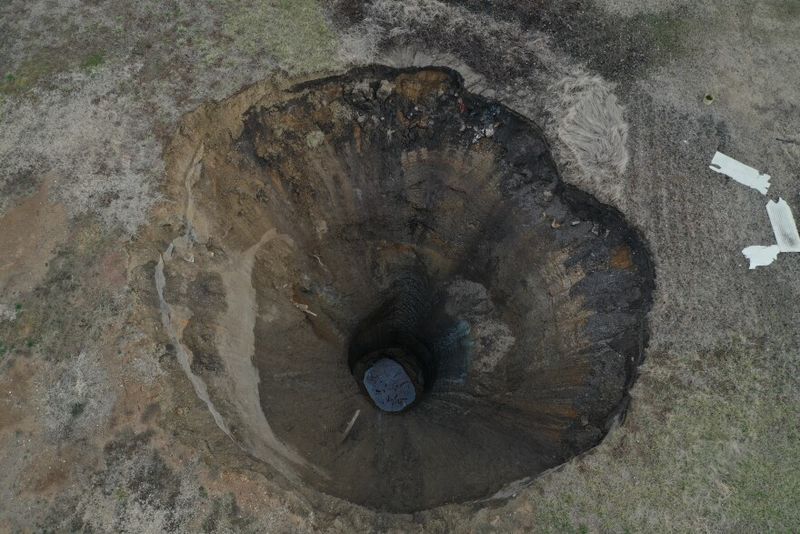
Picher’s lead and zinc mines created vast underground caverns that now threaten to swallow the town. Toxic mine waste piles tower over the landscape, contaminating soil and groundwater. The EPA declared it uninhabitable years ago, but a few stubborn residents remain. Recent ground surveys show accelerating subsidence that could create massive sinkholes by 2040. The contamination is so severe that scientists predict nature will need centuries to reclaim this poisoned landscape.
11. Nome, Alaska – Climate Change Frontline
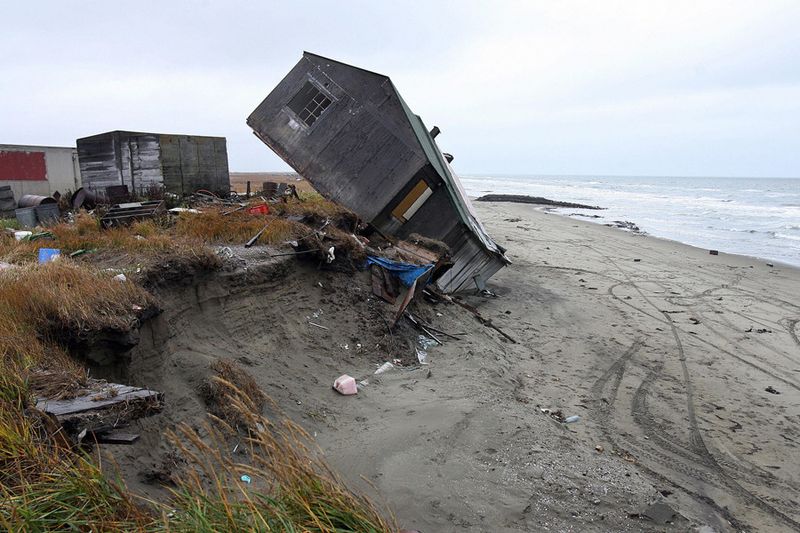
Nome’s existence depends on winter sea ice that is rapidly disappearing. Traditional hunting and fishing have become dangerous or impossible as the climate warms. Coastal erosion threatens buildings and infrastructure. Indigenous knowledge no longer reliably predicts weather patterns. Climate scientists project that by 2040, Nome’s economic foundation will collapse as subsistence lifestyles become untenable and maintenance costs for basic services become prohibitive in this remote location.
12. Kivalina, Alaska – Island Running Out of Time
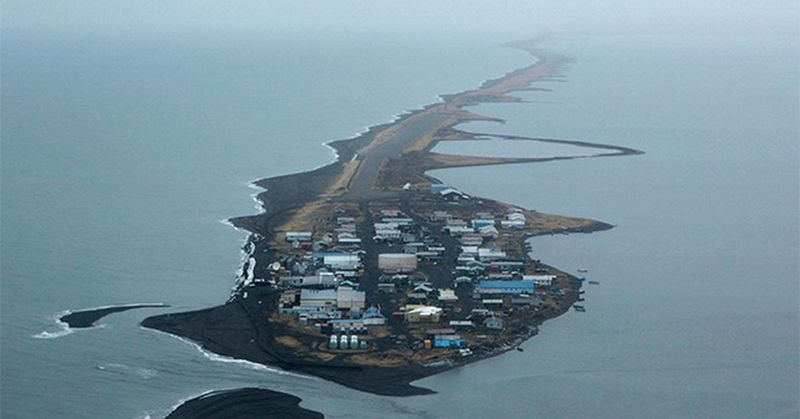
This tiny island village is literally washing away as sea levels rise and protective ice barriers disappear. The indigenous community has already voted to relocate, but funding remains inadequate. Storm surges regularly flood homes and contaminate drinking water. Climate scientists give Kivalina less than 20 years before it becomes permanently uninhabitable. Government relocation efforts have stalled, leaving residents in limbo as their ancestral home slowly disappears beneath the waves.
13. Pahoa, Hawaii – Living on Borrowed Lava Time

Pahoa sits in the direct path of Kilauea’s most active lava flows. The 2018 eruption destroyed hundreds of homes and covered entire neighborhoods. Insurance companies now refuse coverage in high-risk zones. Volcanologists warn that Kilauea’s activity is increasing, not decreasing. By 2040, scientific models predict that much of the current town will be covered by new lava fields, forcing a complete abandonment of this area despite its tropical beauty.
14. Princeville, North Carolina – Flood Plain Reality
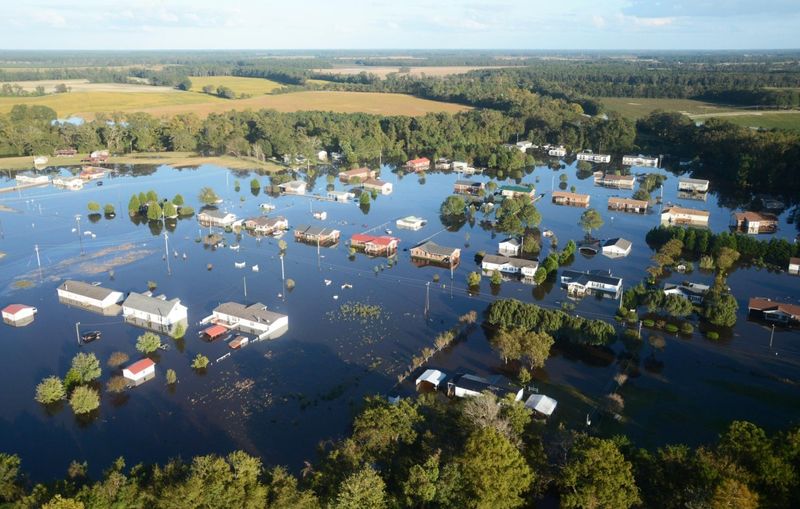
Founded by freed slaves after the Civil War, historic Princeville faces extinction from increasingly severe flooding. The town has been completely underwater twice in the past 25 years. Federal buyout programs have reduced the population by half already. Hydrologists predict that by 2040, climate change will make flooding so frequent that maintaining infrastructure will become impossible. Despite its profound historical significance, this resilient community may soon exist only in memory.
15. McGrath, Alaska – Interior Isolation
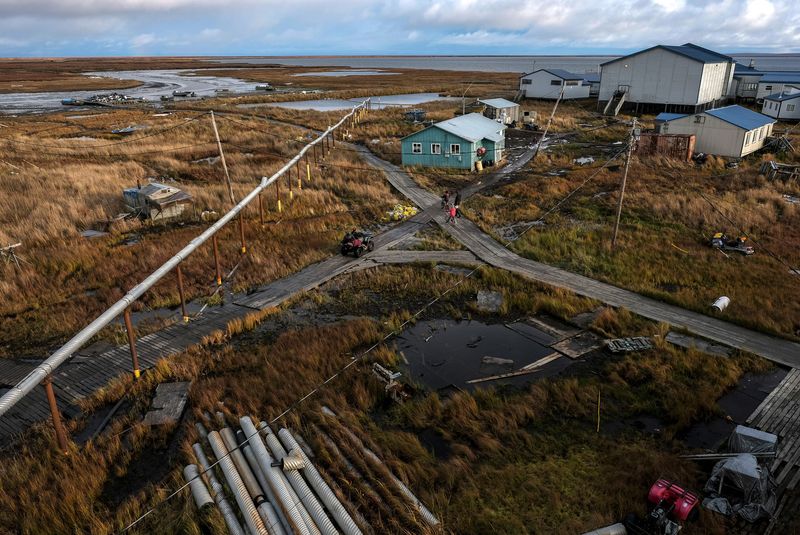
Once a vital transportation hub, McGrath is becoming increasingly cut off as Alaska’s climate rapidly warms. Thawing permafrost has destabilized buildings and infrastructure. Winter ice roads that once provided affordable access now form too briefly to be useful. The population has already declined by 40% since 2000. Climate scientists predict that by 2040, maintaining basic services will become economically impossible as transportation costs soar and traditional subsistence practices collapse in the changing environment.
16. Shishmaref, Alaska – Eroding Island Community
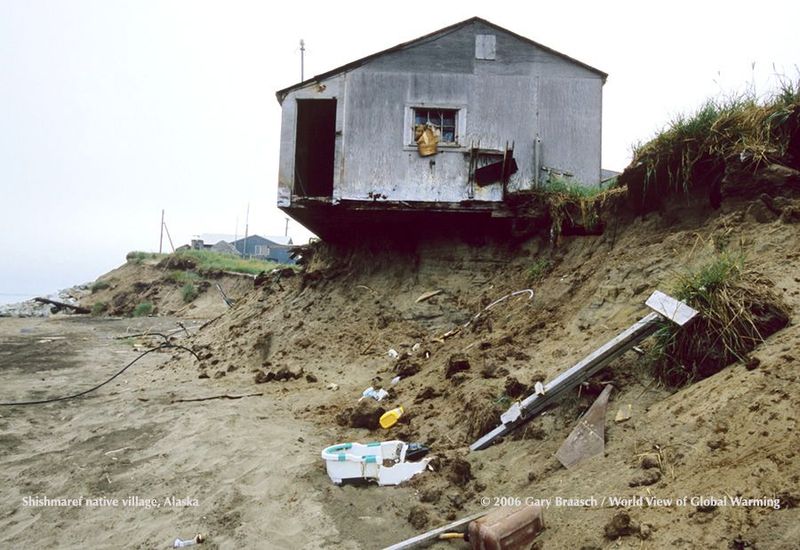
This 4,000-year-old Inupiat community is losing up to 10 feet of shoreline annually. Rising temperatures have melted the sea ice that once protected the island from powerful storms. Residents voted to relocate, but funding has been inadequate. Homes regularly fall into the sea during storms. Climate scientists project that by 2040, the island will become completely uninhabitable, forcing the abandonment of one of North America’s oldest continuously inhabited settlements.
17. Newtok, Alaska – Sinking Village
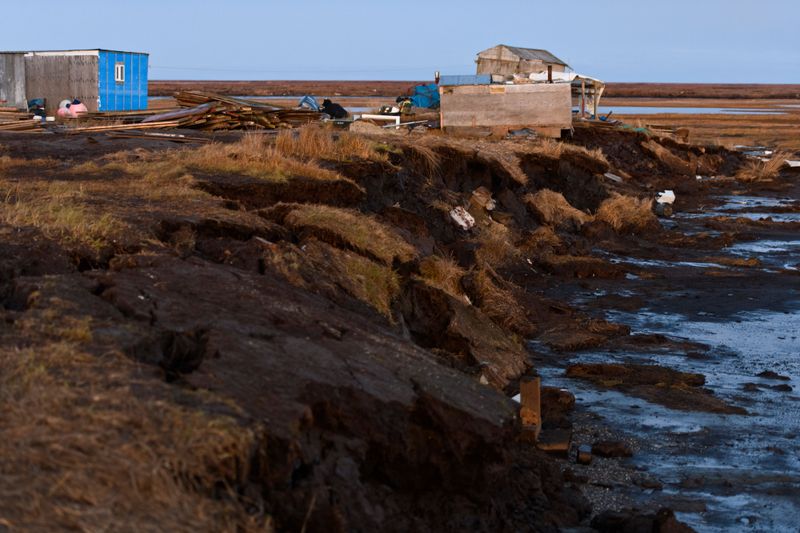
Newtok is literally sinking as the permafrost beneath it thaws. The Ninglick River is eating away the shoreline at 70 feet per year, threatening homes and critical infrastructure. The village has begun a partial relocation to higher ground nine miles away. The school, airport, and power plant will soon be unusable. Climate scientists predict that by 2040, the original village site will be completely underwater, forcing the complete abandonment of this traditional Yup’ik community’s ancestral home.

